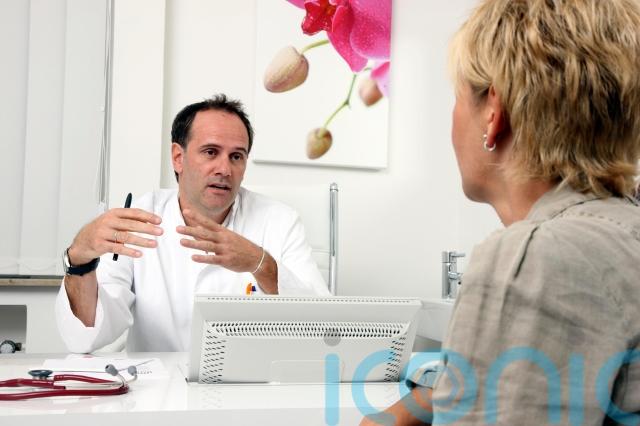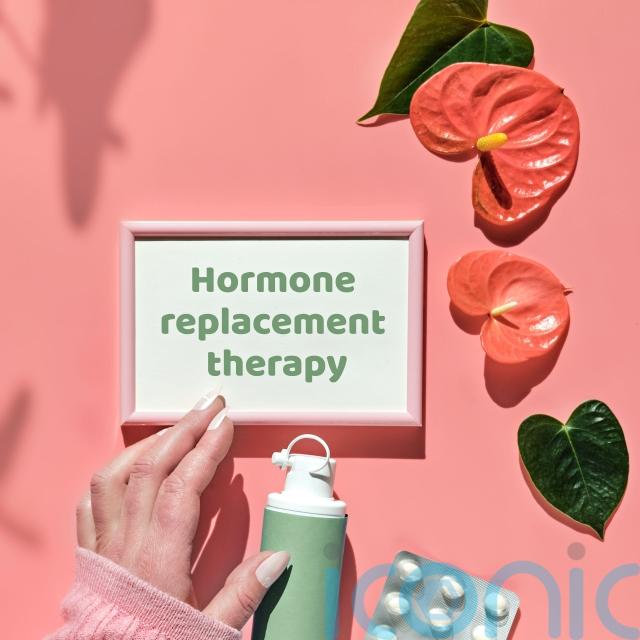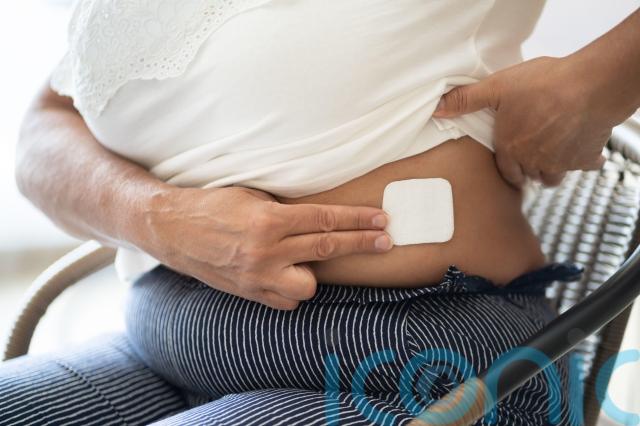
Hormone replacement therapy (HRT) is widely regarded as the most effective way to manage common menopausal symptoms such as hot flushes and night sweats – and new research is adding fresh insight into its potential benefits.
HRT works by replacing the hormones oestrogen and progesterone, which naturally decline as menopause approaches, according to the NHS website, and researchers in the US recently analysed data from more than 120 million patient records, comparing oestrogen therapy started during perimenopause (the transitional phase before menopause) with treatments given after menopause or not at all.
Their findings suggest that women who began oestrogen therapy at least 10 years before menopause had around a 60% lower risk of developing breast cancer, heart attack or stroke compared to those who started treatment later or didn’t take hormones.
We spoke to Dr Elise Dallas, women’s health GP and menopause specialist at The London General Practice, who explained exactly what the treatment involves and what women can expect when starting it.
Talk to your doctor

“Firstly, have a proper conversation with someone who knows what they’re talking about, is giving you a very balanced view, and is not pushing you in one direction or the other, so you can make a choice that is right for you,” recommends Dallas. “It’s about saying, these are your circumstances, your background health, your family history, your risk and your symptoms.”
Looking at your individual circumstances is important as HRT isn’t suitable for everyone.
“In terms of who would not be a candidate would be those with a hormonal cancer within their own personal history,” says Dallas. “If someone has got really strong family history, like the BRCA gene, or has an extremely high risk of clots – this requires nuanced conversations. We always have to weigh up the risks versus the benefits, so the benefits may not outweigh the risks in these cases.”
Fill in a symptom checker
Secondly, Dallas advises people to fill in a free symptom checker to see if your symptoms tick any of the boxes for HRT.
“If you are experiencing symptoms like hot flushes or night sweats, that is likely being caused by a hormonal component,” says Dallas.
Discuss your options

Then, if you think HRT is for you, discuss your options with your doctor.
“Initially it’s a conversation about expectations, lifestyle, if they still need contraception and what might work best for them,” says Dallas.
“For example, oestrogen comes in sprays, a pump gel, or sachet gels. So, if people travel a lot with their job, they might want to consider something like Sandrena, which has little sachets that might be easier to take with you.
“Some people prefer a patch that you have to change twice a week, whereas some people would rather use a gel spray every day. So, it’s all about personal preference.”

Have a three-month trial
Then, you are likely to be put on a trial of your HRT method of choice.
“There’s nothing to be nervous about, it’s extremely safe,” says Dallas. “We’re just topping up your own natural hormones for three months and seeing if it makes a difference and seeing if you feel better.
“Most people would notice a difference if using oestrogen after about two to four weeks, particularly for physical symptoms like hot flushes and achiness. However, for testosterone [often used alongside traditional HRT], it’s very slow and can take about four to five months to notice whether it’s really making a difference.”
Attend a review and adapt approach if needed
You can alter your doses, methods or decide to come off it altogether at your annual review.
“See whether you want to stay on it for a year, and then if you’d like it, have a review every six months or a year, or when symptoms change,” says Dallas.
“Many people change the types of HRT they are on because it’ll change according to where you are in your menopause, what your symptoms are, how you’ve reacted to it.”
There is also no time limit on how long you can stay on it for.
“You used to have to bring someone off HRT after five years, but now there is no time limit,” says Dallas. “Patients could stay on it until they die if they really wanted to, as long as they’re doing an annual review and checking that all the benefits still outweigh the risks for that individual. If people ask to come off it, then we would very slowly bring them off it.”
The most important thing to remember is that it is a long-term process.
“Remember that it is a journey,” says Dallas. “You can always try something and see how you feel. You can always refill in the symptom questionnaire and think about if it was the HRT that made a difference.”
Subscribe or register today to discover more from DonegalLive.ie
Buy the e-paper of the Donegal Democrat, Donegal People's Press, Donegal Post and Inish Times here for instant access to Donegal's premier news titles.
Keep up with the latest news from Donegal with our daily newsletter featuring the most important stories of the day delivered to your inbox every evening at 5pm.